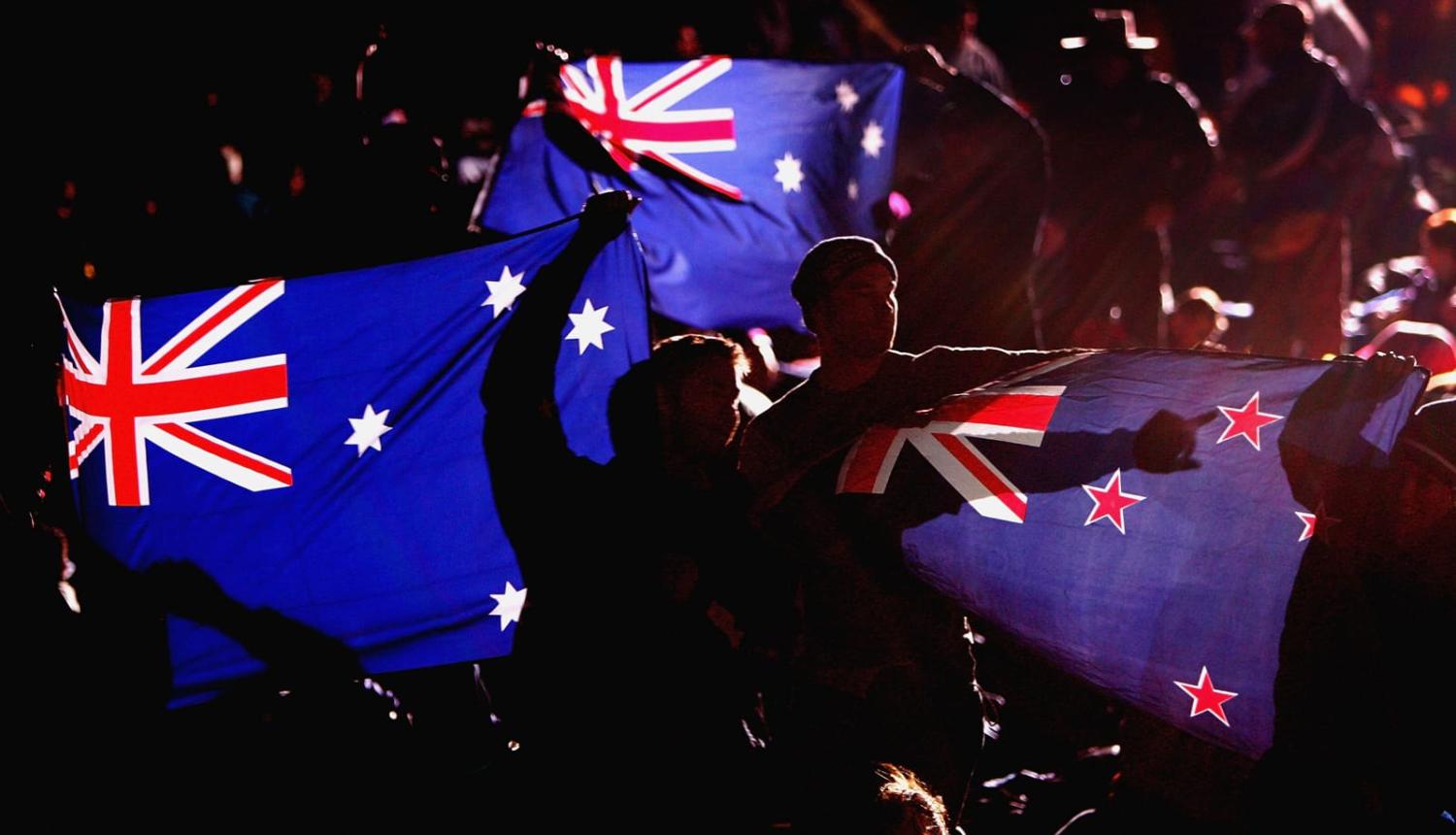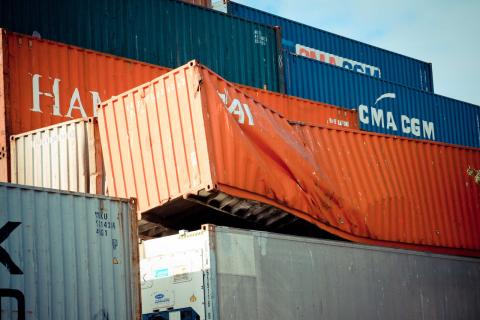On the eve of ANZAC Day, 24 April 2023, the public version of the Australian Defence Strategic Review (DSR) was released. Surprisingly, given the depth of the Australia-New Zealand relationship (ANZAC, after all, being the adopted nomenclature for Australia New Zealand Army Corps), the DSR contained only one reference to New Zealand. And while the Australia-United States (US) relationship was referred to as a capital-A “Alliance” throughout, New Zealand was referred as “a key partner for Australia in the Pacific”.
To underscore what appears to be a relegation of Australia’s relations with New Zealand from an “ally” to a “partner”, and New Zealand’s relevance as being limited to the Pacific despite, for example, the joint ANZAC mission, Task Group Taji, to Iraq from 2015–20, it’s worth briefly reflecting on the history of formal ties between the neighbours.
Forged on the battlefield of the Gallipoli peninsula during the First World war, Australia and New Zealand’s defence relationship was first formalised in the 1944 Canberra Pact. It was then entrenched further in the 1951 ANZUS Treaty, the military alliance between Australia, New Zealand, and the United States. Although the US withdrew its commitment to assist New Zealand in the event of an attack in 1986 following a stand-off over visits by nuclear vessels, the alliance between Australia and New Zealand continues. The bilateral defence relationship was set out formally in the 1991 Closer Defence Relations Agreement and reiterated in the 2018 Joint Statement on Closer Defence Relations. Most recently, the Australia and New Zealand armies announced Plan ANZAC, an agreement “designed to increase capacity to operate together”.
Beyond defence, Australia’s foreign affairs department declares that the neighbours are “natural allies with a strong trans-Tasman sense of family”. The 1983 The Australia–New Zealand Closer Economic Relations Trade Agreement established substantially free trade between them, and the Trans-Tasman Travel Arrangements allow Australians and New Zealanders to live and work in either country without restriction. 559,980 New Zealand-born people now live in Australia, and 42,297 Australian-born people in New Zealand. During New Zealand Prime Minister Chris Hipkins’ recent visit, Australian Prime Minister Anthony Albanese announced that, marking the 50th anniversary of the Trans-Tasman Travel Arrangements, it will be easier for New Zealanders living in Australia to claim citizenship.
But by describing New Zealand as a “partner” rather than “ally”, the DSR reflects emerging dynamics in the Australia-New Zealand relationship.
Everyday interpersonal and institutional connections between citizens are strong, built on decades of migration, economic integration, military cooperation, and activities in fields such as law enforcement and disaster response. Yet in Australia an underappreciation of the relationship at the political level was evident when the AUKUS security partnership was announced. Then prime minister Scott Morrison phoned his New Zealand counterpart Jacinda Ardern to inform her shortly before the partnership was announced (but after it had been decided). The fact that Australia negotiated the initiative largely without the input of one of its only two military allies signalled a failure at the political level to recognise the role and importance of New Zealand to Australia’s defence.
The lack of consultation with New Zealand was particularly notable because the headline element of AUKUS was that Australia would develop nuclear-powered submarines. Ardern was quick to confirm that any nuclear-powered submarines Australia acquires under AUKUS will not be allowed into New Zealand’s territorial waters. Hipkins has made the same commitment.
AUKUS has also exposed tensions within each country about how to best approach changing regional dynamics. While New Zealand’s Defence Minister Andrew Little has suggested the country is willing to explore participating in AUKUS Pillar 2 following an invitation from US Indo Pacific Coordinator Kurt Campbell, Foreign Minister Nanaia Mahuta has instead stressed this is limited to non-nuclear aspects of the partnership and that any decision will be made by cabinet. This has implications for the internal political dynamic within the Labour Party as it heads into the 2023 general elections, especially as it is – somewhat uncharacteristically – promoting its perceived strengths on defence issues.
Meantime in Australia, Foreign Minister Penny Wong has pledged that on relations with China the aim will be to “cooperate where we can, disagree where we must, manage our differences wisely”. Wong has acknowledged strategic competition but has urged countries to look beyond “binary” choices. This echoes Mahuta, who has characterised New Zealand as having “a mature relationship with China underscored by our willingness to continue to engage on the matters where we find common ground and those that are difficult and challenging”.
But the language from the defence realm puts more emphasis on competition. Australian Defence Minister Richard Marles has said the goal is to “stabilise” relations with China, while stressing that China is “driving the largest conventional military build-up we’ve seen anywhere in the world since the Second World War”. Similarly, Little has argued that the New Zealand Defence Force requires investment to counter the challenges posed by great power competition in the region, and defence chiefs have warned that “New Zealand can’t stand aside” in response to China’s growing military capability.
That the DSR was released the day before ANZAC Day yet overlooked and downgraded Australia’s alliance with New Zealand made for unfortunate timing. But the chance remains to remember the depth and longevity of Australia’s “other” alliance and to examine the emerging tensions between and within the two countries to ensure the alliance endures.

